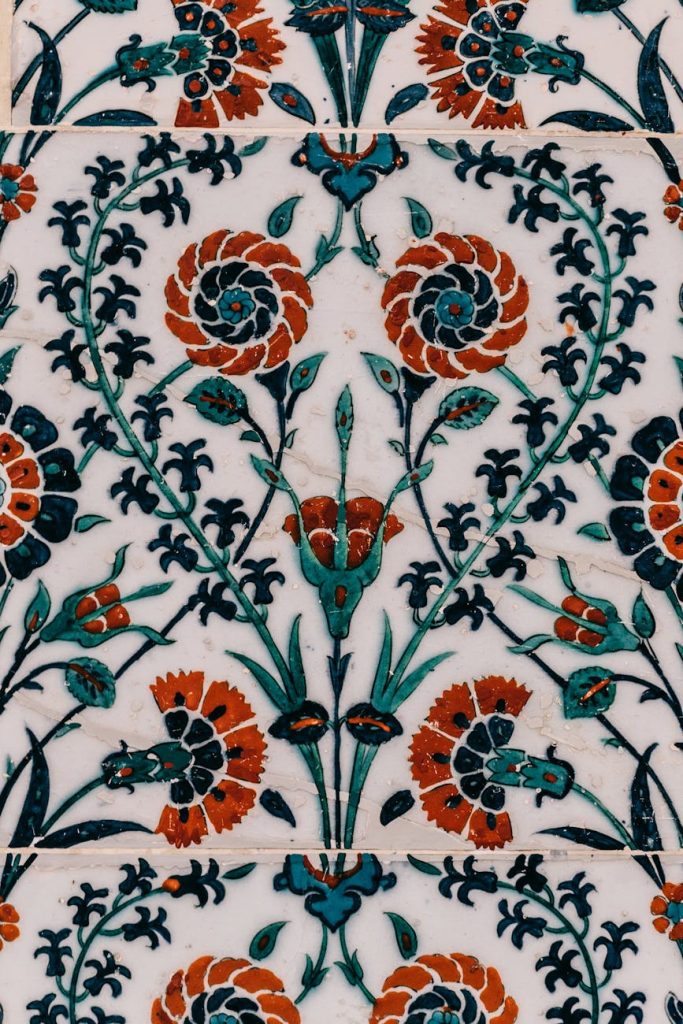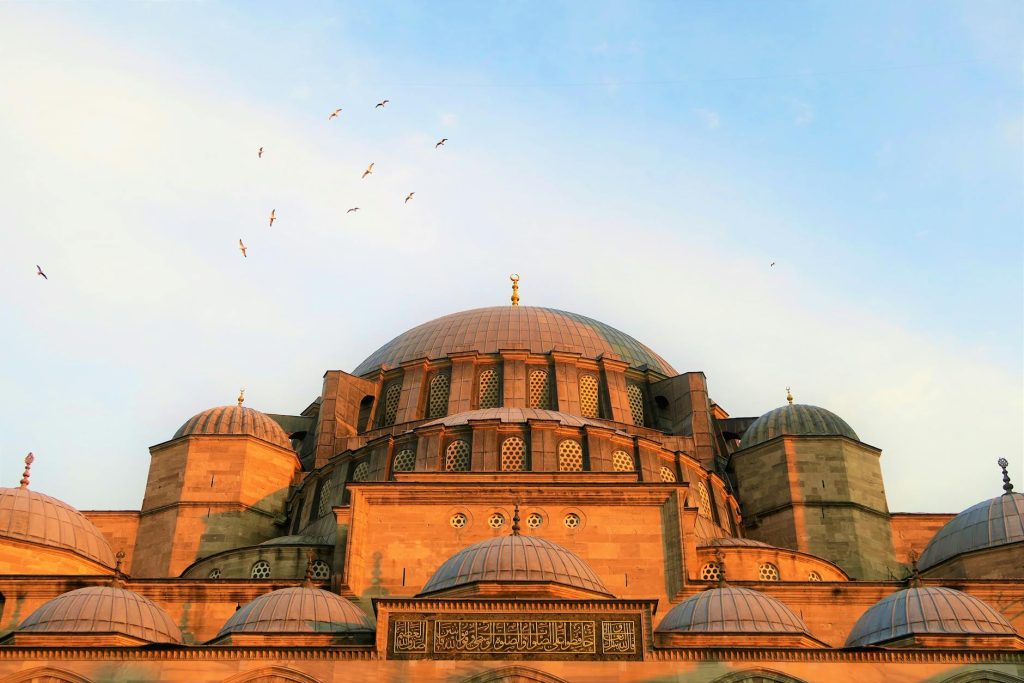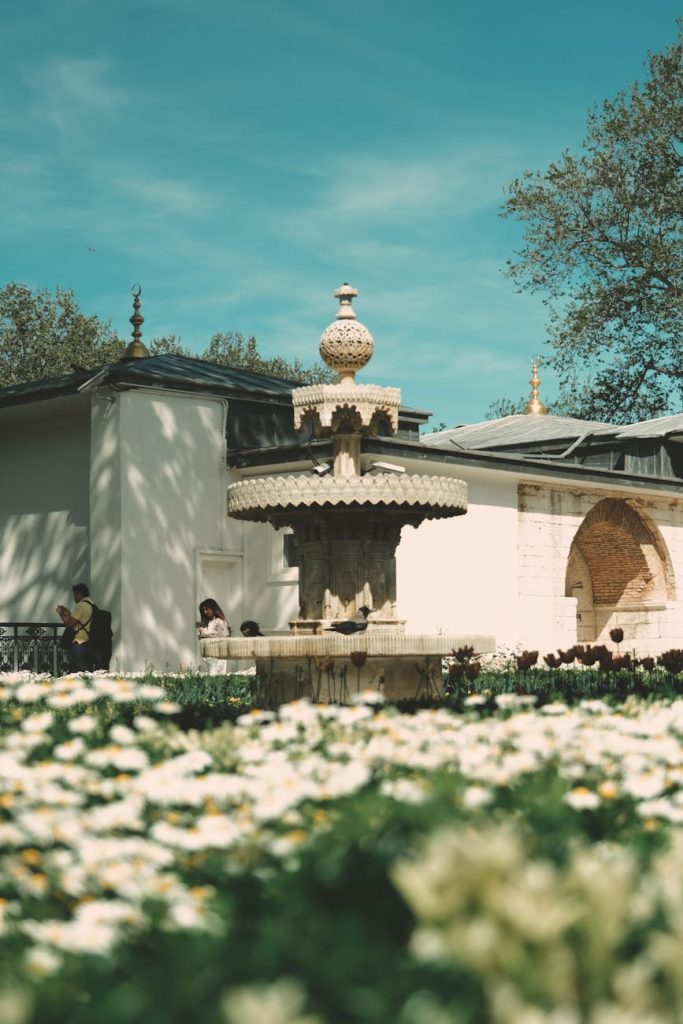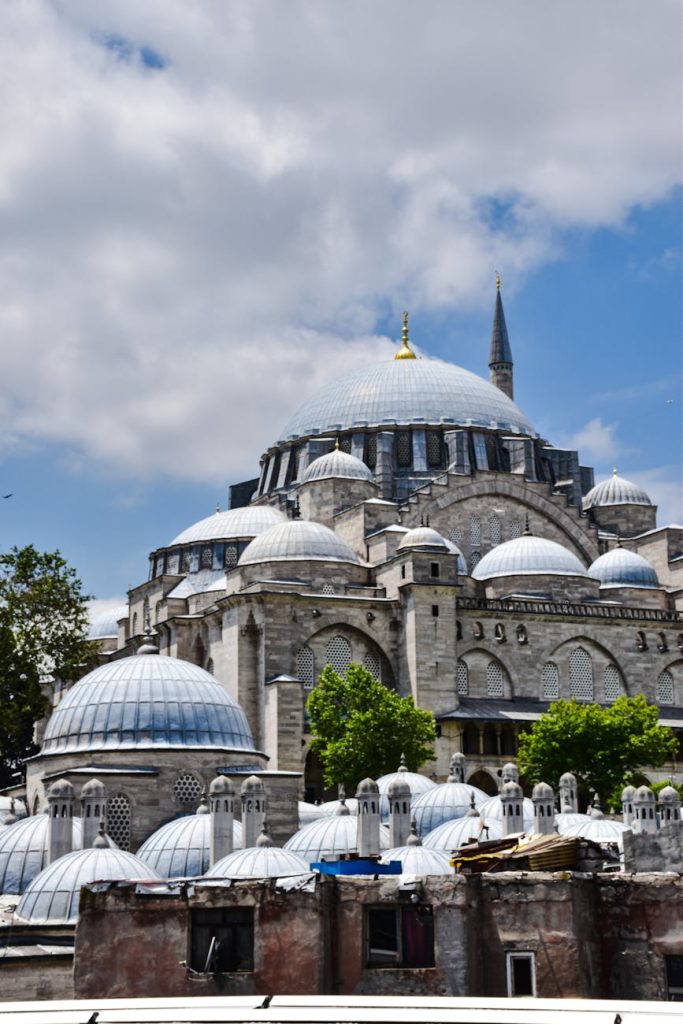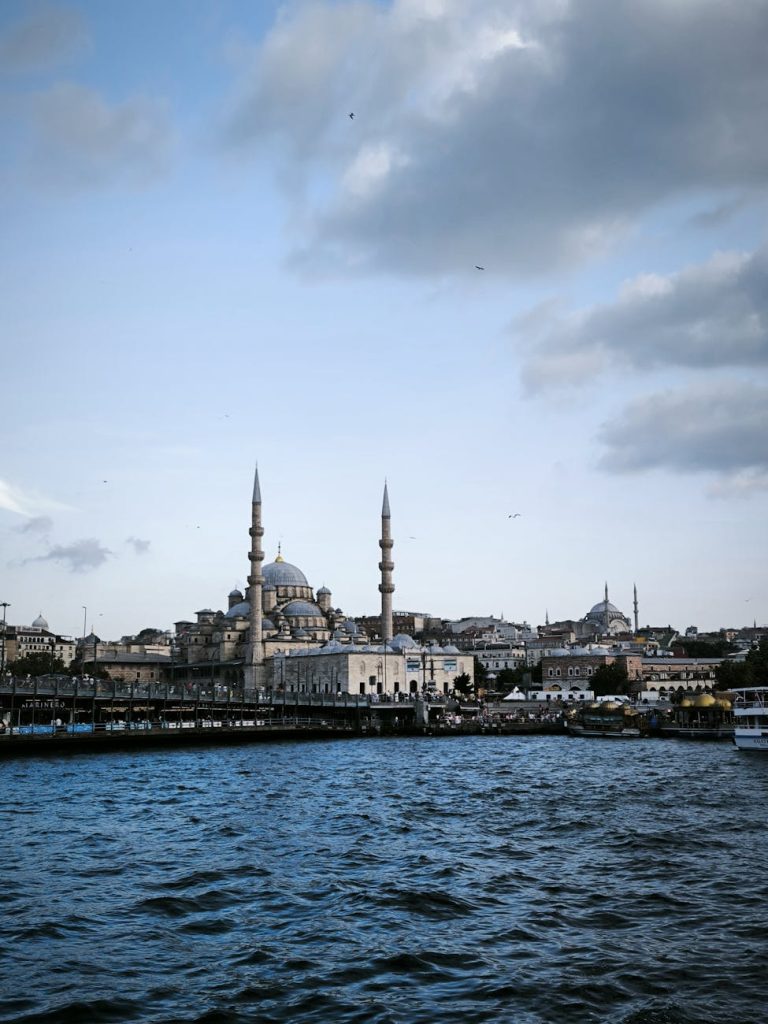
Exploring the Blue Mosque in Istanbul: Architecture & Spirituality
The Blue Mosque, officially named Sultan Ahmed Mosque, is one of the most iconic landmarks of Istanbul, Turkey. Renowned for its stunning architectural features and rich spiritual significance, this mosque attracts millions of visitors each year. This blog post delves into its history, architectural highlights, interior features, visitor etiquette, and nearby attractions.
History & Significance
Constructed between 1609 and 1616 during the rule of Sultan Ahmed I, the Blue Mosque was built to showcase the power and grandeur of the Ottoman Empire. It stands as a testament to the Ottoman architectural tradition and reflects the empire’s rich cultural heritage. The mosque was designed not only as a place of worship but also as a social and educational center.
The mosque holds significant importance in Islam and is renowned for its vast prayer hall, which can accommodate over 10,000 worshippers. Its central location in Istanbul symbolizes the historical and spiritual essence of the city, bridging the East and West in both culture and religion.
Ottoman Architecture Highlights
The Blue Mosque exemplifies the zenith of Ottoman architecture. Notable features include:
- Six Minarets: Unlike most mosques which typically have one or two, the Blue Mosque boasts six minarets, creating a striking silhouette against the Istanbul skyline.
- Grand Dome: The central dome is one of the largest in the world, measuring 23.5 meters in diameter and rising to 43 meters above ground. This grand dome is supported by semi-domes and creates an airy atmosphere within.
- Courtyard: The expansive courtyard is surrounded by a sheltered arcade supported by elegant columns, offering a serene environment for worshippers and visitors alike.
The design of the mosque reflects a combination of Byzantine and Islamic architectural styles, enhancing its beauty and functionality. Its extensive use of blue tiles, which give the mosque its popular name, is another hallmark of Ottoman artistry.
Interior Domes & Calligraphy
Inside the Blue Mosque, visitors are greeted by intricate designs and sublime artistry. The interior domes are richly adorned with ornate tile work and calligraphy, depicting verses from the Quran.
- Tiles: The mosque features over 20,000 handmade ceramic tiles, predominantly in shades of blue, which beautifully reflect light throughout the interior.
- Calligraphy: The graceful calligraphy that adorns the mosque’s walls is executed by the renowned Ottoman calligrapher Seyh Muhammad, showcasing Islamic artistry at its finest.
This masterful interplay of light and color creates a heavenly ambiance, making it a peaceful haven for reflection and prayer.
Visitor Etiquette & Prayer Times
When visiting the Blue Mosque, it is essential to observe local customs and etiquette, particularly due to its status as an active place of worship. Here are a few key points to keep in mind:
- Dress Code: Visitors should dress modestly. Women are required to cover their hair, while men should wear long trousers. Shawls and skirts are often provided at the entrance for those who may not be adequately dressed.
- Silence and Respect: As an active mosque, silence and respect are paramount. Visitors should maintain decorum, particularly during prayer times.
- Visiting Hours: The mosque is open to tourists outside of prayer times. It is recommended to check the daily prayer schedule to plan your visit accordingly.
Additionally, the mosque welcomes tourists at no charge, although donations are encouraged to support its maintenance.
Nearby Attractions
The Blue Mosque is centrally located near several other significant attractions in Istanbul, making it a perfect starting point for exploration. Nearby highlights include:
- Hagia Sophia: A former cathedral and mosque, now a museum, this architectural marvel stands just a short walk away and offers a stunning mix of Byzantine and Ottoman influence.
- Topkapi Palace: Once the residence of Ottoman sultans, this expansive palace is filled with historic artifacts, lavish décor, and beautiful gardens.
- Basilica Cistern: An underground marvel, this ancient cistern showcases the ingenuity of Byzantine engineering and provides a unique perspective on Istanbul’s history.
These attractions provide a deeper understanding of Istanbul’s rich cultural and historical tapestry, making your visit even more rewarding.
Conclusion
The Blue Mosque in Istanbul is more than just a stunning architectural achievement; it is a vibrant focal point of Islamic faith, art, and history. From its impressive minarets to its beautifully decorated interiors, the mosque is a reflection of the legacy of the Ottoman Empire. Understanding its historical significance, architectural highlights, and visitor etiquette enhances every visitor’s experience, allowing them to connect with the spirit of this extraordinary place. As you walk through its sacred halls, the Blue Mosque invites you to appreciate not only its beauty but also the rich spiritual heritage it embodies.
References
Suggested Internal Links
Get epic product battles straight to you! 🥊 📦 ![]()

